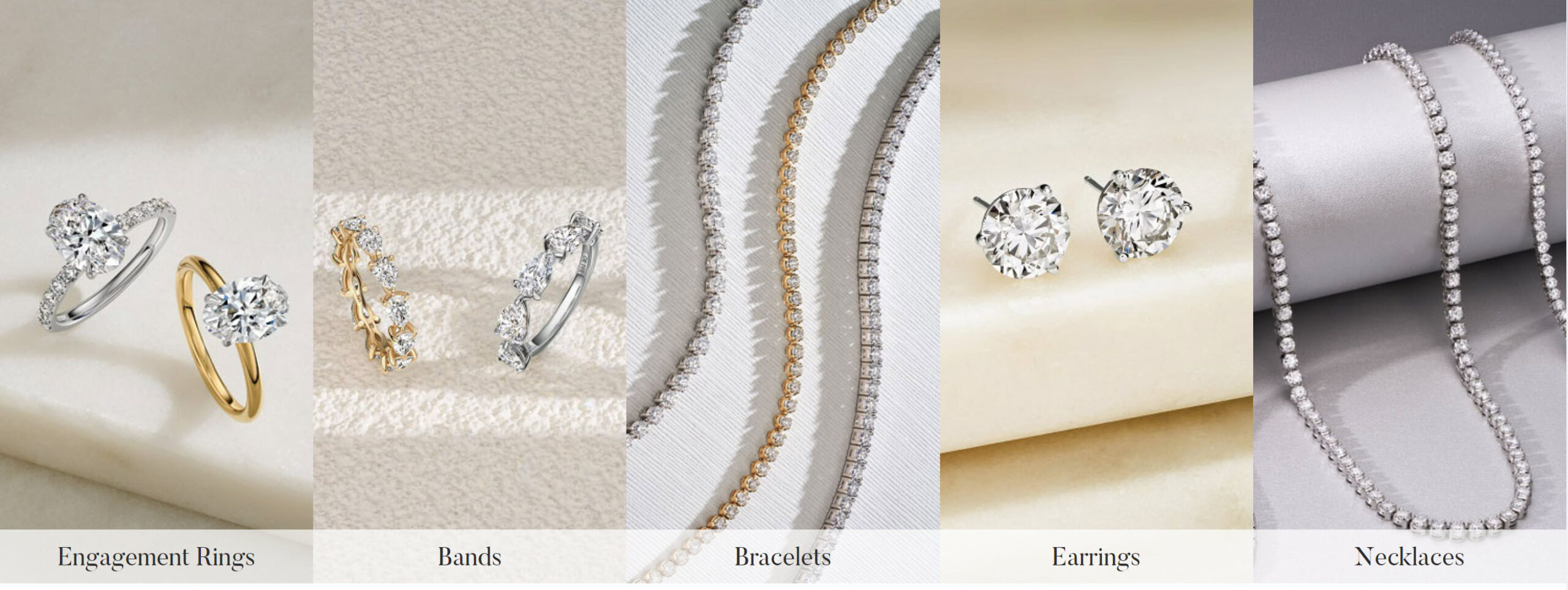Have you ever noticed how shopping for a diamond feels way more complicated than it needs to be? You walk in thinking you’ll just pick something shiny. Suddenly, you’re knee-deep in terms like fluorescence, pavilion angles, and the million-dollar question: GIA o IGI for lab created diamonds It’s confusing, right? But here’s the twist—you don’t need a PhD in gemology to figure this out. You just need a little perspective. So let’s talk about it like two friends having coffee (and maybe showing off a new ring in the process).
Why We Even Care About These Letters
Here’s the thing. Diamonds are beautiful, sure, but they’re also expensive. And whenever something costs a chunk of change, people want proof. That’s where certifications step in.
Think of it like buying a car. You wouldn’t just take someone’s word that the engine runs perfectly. You’d want an inspection. Same goes for diamonds.
-
GIA: The “old guard.” They’re respected, strict, and widely seen as the most reliable graders in the world. If diamonds had Ivy League schools, this would be Harvard.
-
IGI: The more modern player. They jumped into lab-grown diamonds early and became the go-to choice for most jewelers in that space. Think of them as the innovative startup that scaled fast.
Both give you confidence, but the style is different. GIA is prestige-driven. IGI is practical and market-friendly.
The Human Side of the Story
Now, let’s step away from all the gemological jargon for a second. Imagine this: You’re planning a proposal. You’ve saved, you’ve researched, you’ve found the perfect ring. Do you really want your brain spinning in circles over certification? Probably not. But still—you’ll Google it (because who doesn’t?). You’ll see debates. Some people argue that only GIA matters. Others swear IGI is just as good, especially for lab created diamonds. And in truth, both sides have a point. Honestly, I’d compare it to wine. Some folks only drink from a fancy French vineyard because of the name. Others are perfectly happy with a great bottle from California that costs half the price. At the end of the day, you’re just sipping and smiling.
The Options on the Table
Let’s cut to the chase. If you’re choosing between GIA and IGI, here’s what you’re really looking at:
- Strictness of Grading
GIA is known to be stricter. So if IGI calls your diamond “near colorless,” GIA might grade it a step lower. Does that mean your diamond is worse? Nope. Just means GIA is, well… pickier. - Speed and Availability
IGI is faster. Jewelers love that. If you’re buying lab created diamonds, chances are higher they’ll already be IGI certified simply because the process is more streamlined. - Market Trends
Right now, most lab-grown diamonds on the market come with IGI certificates. GIA joined the game a little later. So if you want more options (sizes, cuts, settings), IGI might open more doors. - Resale Value
Here’s a truth bomb. Lab-grown diamonds don’t hold resale value like mined ones do, no matter the certification. Harsh but real. So worrying too much about whether GIA or IGI will make a huge difference here? Probably not worth the stress.
Why It Plays Out Differently Around the World
Here’s where it gets fun. Depending on where you shop, the “right” choice shifts.
- In the U.S., people lean heavily toward GIA because the brand is practically synonymous with diamond grading. It’s what people trust, and trust is a big deal when you’re spending thousands.
- In Europe and Asia, IGI often takes the lead, especially with lab created diamonds. Their reach is bigger in those markets, and they were quicker to certify labs when demand spiked.
So if you’re buying abroad or even online from an international jeweler, you’ll likely see more IGI certificates. Not because they’re “better,” but because they’re more common.
The Actual Process (Spoiler: It’s Not That Romantic)
Okay, so what actually happens when a diamond is certified? Let’s break it down without putting you to sleep.
- Submission – The diamond goes to the lab. Just a stone in an envelope.
- Evaluation – Experts (with very fancy microscopes) check cut, color, clarity, and carat. They measure proportions, look for inclusions, and basically geek out over details we’d never notice with the naked eye.
- Grading – They assign grades. GIA tends to be a bit tougher; IGI can feel more generous.
- Certification – A document is printed. This is your diamond’s “birth certificate.” It stays with it forever, ideally.
And that’s it. No champagne, no confetti. Just science and paperwork.
My Honest Take (Because You’re Probably Wondering)
If you want the most prestigious name? Go with GIA. It’s like buying the designer label. You’ll pay a little more, but some people love the reassurance.
If you want more options, faster turnaround, and you don’t care about the “label,” IGI is your best bet. Especially for lab created diamonds—it’s what the majority of the market is already using.
And here’s the kicker: once the diamond is on your finger, no one—and I mean no one—will stop you mid-celebration to say, “Wait, is that GIA or IGI certified?” They’ll just gush over the sparkle.
Wrapping It All Up
So, GIA o IGI for lab created diamonds? Both matter. Both are legit. But they serve slightly different purposes. If prestige and a tough grading scale are your priority, pick GIA. If you want something accessible, popular in the lab-grown market, and maybe a bit kinder on your budget, IGI makes total sense. At the end of the day, it’s not about letters on a piece of paper—it’s about what that diamond represents. Love. Commitment. Maybe even a little bragging rights at the dinner table. And let’s be honest. Nobody falls in love with a certificate. They fall in love with the sparkle.




